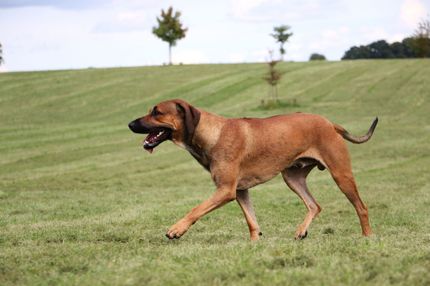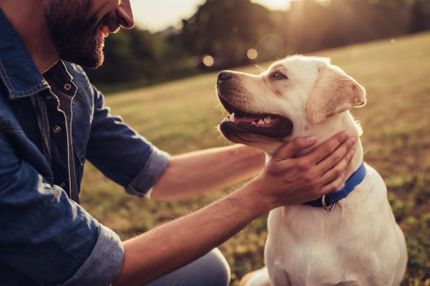Facts & Origin
Dutch Border (Dutch Shepherd and Border Collie mix)
The Dutch Border is a mixed breed created from the Dutch Shepherd and the Border Collie. Both parent breeds are known for their excellent herding abilities and intelligence. The Dutch Shepherd originated in the Netherlands, where it was used as an all-around farm dog, while the Border Collie originated in the border region between Scotland and England and is considered the ultimate herding dog.
Suitability and attitude
The Dutch Border is an excellent companion dog for active families and individuals. They do best in a home that provides them with enough exercise and mental stimulation .
Although they can do well in an apartment if they get enough exercise, they are happiest in a home with a large, securely fenced yard where they can run and play.
| Alternate Name | - |
| Origin | UK - Netherlands |
| Life expectancy | 10 - 15 years |
| Care requirements | high-maintenance |
| Activity level | high - average to high |
| FCI group | not recognised |
| AKC group | not recognised |
| KC group | not recognised |
More Border collie mixes
More Dutch shepherd dog mixes
Attitude, character and temperament of the breed
Possible character traits
Like their parent breeds, Dutch Borders are exceptionally intelligent, active, and eager to learn. They are known for their excellent working abilities and are often found in various dog sports and as working dogs.
Despite their willingness to work, Dutch Borders are also loving and loyal family dogs. They are usually friendly and social and get along well with children and other animals. Their intelligence and desire to please make them excellent candidates for training, and they usually respond well to positive reinforcement methods.
The Dutch Border is an exceptionally active and intelligent mixed breed that shines as both a working dog and a loving family member. With proper training, socialization and care, this mixed breed dog can be an excellent companion for the right family or individual.
Character
Care and health
Dutch Borders require regular grooming to keep their coats clean and healthy. They should be brushed thoroughly at least once a week to prevent matting and remove dead hair.
Health-wise, Dutch Borders are generally hardy dogs, but they can be prone to certain health problems that are common in their parent breeds. These include hip and elbow dysplasia, eye problems, and certain heart conditions.
What does this mixed breed look like?
The Dutch Border is a medium to large dog with a strong, athletic build that can have the appearance of either parent breed. They usually have a well-proportioned body supported by strong legs and a deep chest. Their coats can be medium to long and come in a variety of colors and patterns.
| Fur length | medium |
| Fur | flat coated |
| Ear shape | Standing Ears |
| Tail | fanned out - lang |
| Anatomy | slim, sporty, rugged, strong |
| Size ♀ | 46 - 60 cm |
| Weight ♀ | 12 - 30 kg |
| Size ♂ | 48 - 62 cm |
| Weight ♂ | 14 - 35 kg |
| Suitable For | - |
Known Diseases
Epilepsy
Definition: Dog has epilepsy if, for example, at least two epileptic seizures occur more than 24 hours apart.
Eye diseases
Often occur with allergies and intolerances.
FAQ
-
A Dutch Border is a cross between the Dutch Shepherd and the Border Collie.
-
Dutch Borders have a very bright, positive and intelligent character. They are very playful and lively, but also obedient.
-
Dutch Shepherd Border Collies mixes reach an average shoulder height between 55-65cm.
-
They need a lot of daily exercise and regular training.
-
No, Dutch Borders are not particularly demanding in terms of their diet. But they should be provided with high quality food, vitamins and minerals.



















